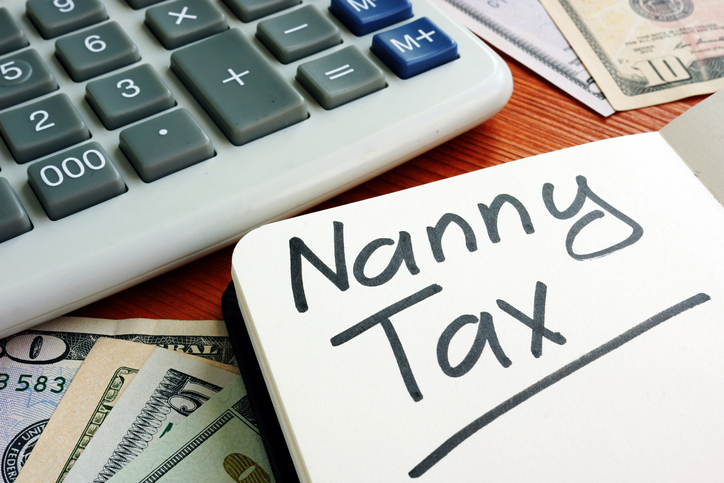Many people are pursuing in-home daycare which has led to a rash of questions about the “Nanny Tax.” This is the payroll tax that individuals pay when they hire a household worker and pay them more than $2,200 (in 2020). The “Nanny Tax” applies to all household employees who aren’t independent contractors and could include housekeepers, maids, babysitters and gardeners. The tax doesn’t apply to a household employee who’s also a farm worker.
If you employ a household employee who you expect to pay more than $2,200 in a year, you are required to withhold social security and Medicare tax from their wages and match this tax as an employer contribution. You may also withhold federal income taxes from the employee’s pay, if requested. In addition, you are required to pay Federal and State unemployment tax. The State unemployment tax (SUTA) is reported quarterly. The combined cost of these taxes is approximately 10% of the wages paid to the household employee.
There is an exception to the tax if your nanny is under age 18 and childcare isn’t the nanny’s principal occupation, you don’t have to withhold FICA taxes. So, if your nanny is really a student who is a part-time baby-sitter, there’s no FICA tax liability for services the nanny provides. On the other hand, if your nanny is under age 18 and the job is the nanny’s principal occupation, you must withhold and pay FICA taxes.
You should withhold from the start if you expect to meet the annual threshold; your nanny won’t appreciate a large, unexpected withholding from pay later on.
If you prefer, you may pay your nanny’s share of social security and Medicare taxes from your own funds, instead of withholding it from pay. If you do pay your nanny’s share of these taxes, your payments aren’t counted as additional cash wages for social security and Medicare tax purposes, but they are subject to income tax on Form W2 box 1.
As an employer of a household employee, you will have an obligation to pay unemployment tax if you pay a total of $1,000 or more in cash wages (excluding the value of food and lodging) to your nanny in any calendar quarter of the current year or last year. The FUTA or Federal Unemployment Tax applies to the first $7,000 of wages paid. The maximum FUTA tax rate is 6.0%, but credits reduce this rate to 0.6% in most cases. FUTA tax is paid only by the employer, not by the employee, so there is no requirement to withhold FUTA from the nanny’s wages. The SUTA or State Unemployment Tax applies to the first $13,600 (in 2020) of wages paid and applies if you pay a total of $1,500 or more in cash wages in any calendar quarter. The SUTA rate varies and is generally around 2%.
Reporting and paying: You must satisfy your “Nanny Tax” obligations by increasing your quarterly estimated tax payments or increasing your withholding from your wages, rather than making an annual lump-sum payment.
As an employer of a nanny, you will be required to have an EIN to file the necessary forms. This EIN is included on your form 1040; Schedule H to report the employment taxes for your nanny and it is included on your quarterly SUTA forms, as well as the employee’s form W2.
Household employees are still considered employees under the federal law. Be sure to keep careful employment records for anyone you hire. Keep the tax records for at least four years from the later of the due date of the return or the date when the tax was paid. Records should include: employee name, address, social security number; dates of employment; dates and amount of wages paid; dates and amounts of withheld FICA or income taxes; amount of FICA taxes paid by you on behalf of your nanny; dates and amounts of any deposits of FICA, FUTA or income taxes; and copies of all forms filed.
I realize this is a lot of information to absorb so please don’t hesitate to reach out with any questions. If you think you might have any problems for earlier years I can also help. I look forward to hearing from you.
Very truly yours,
Kim Hitchcock

